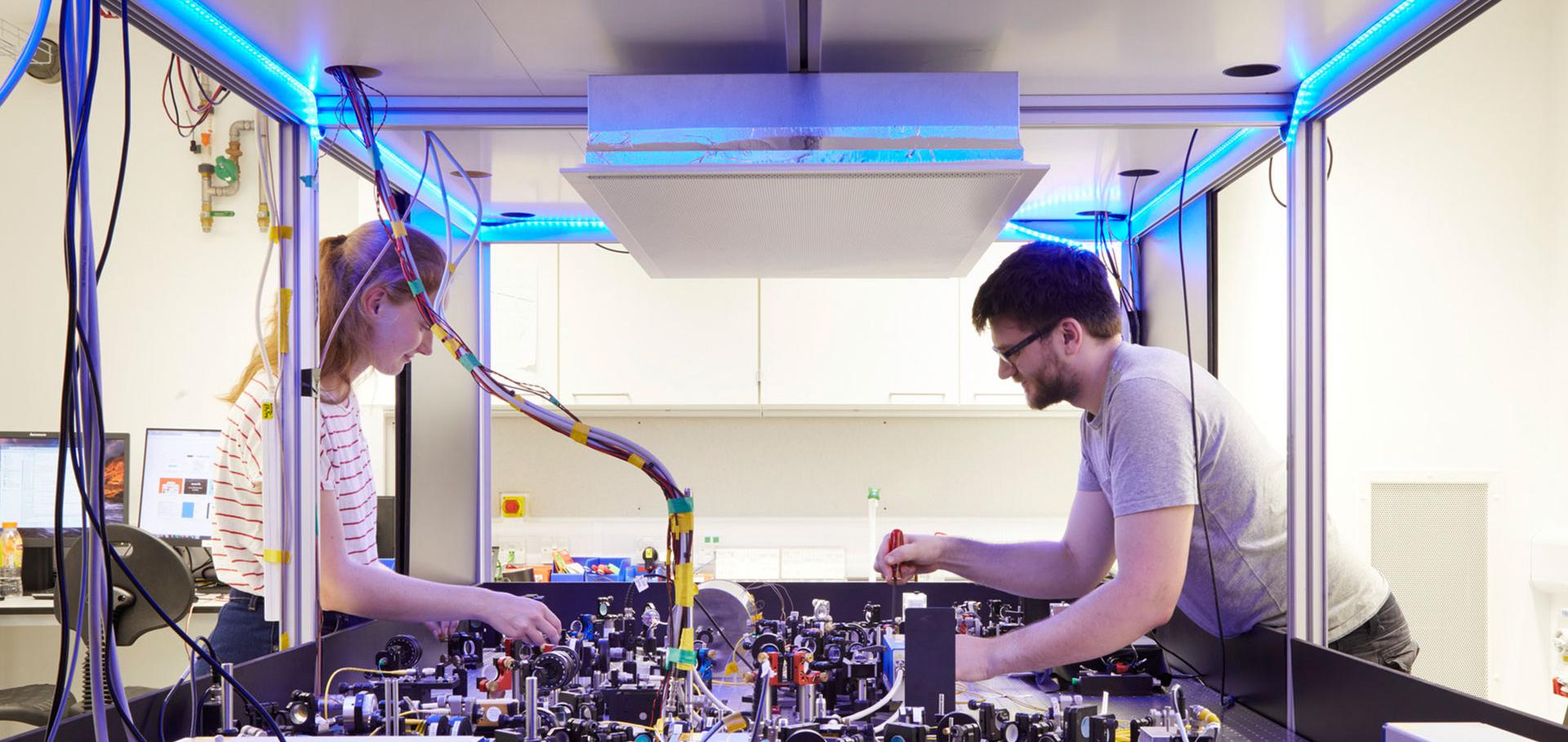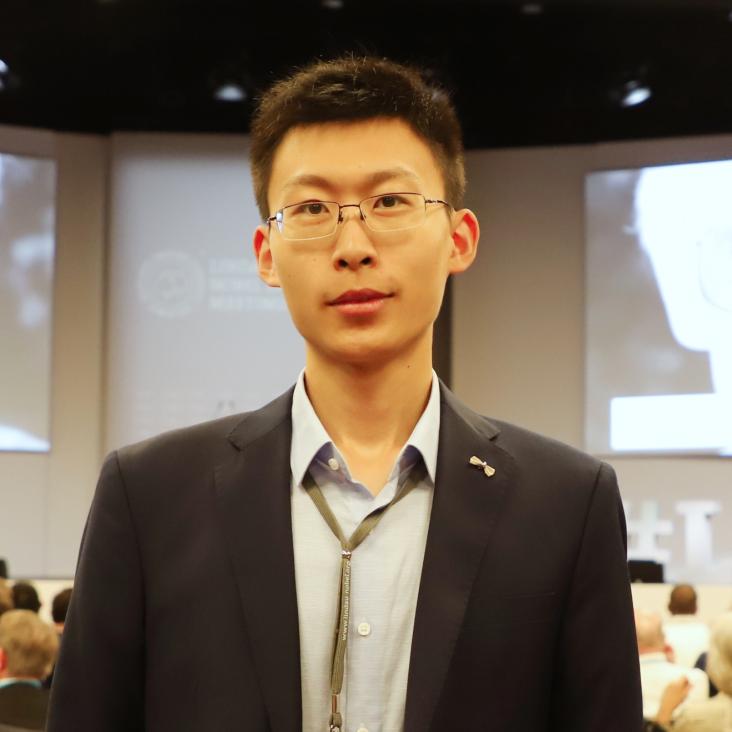Enhancing quantum memories with light–matter interference
Optica Optica Publishing Group 12:9 (2025) 1514
Abstract:
Future optical quantum technologies, such as quantum networks, distributed quantum computing and sensing, demand efficient, broadband quantum memories. However, achieving high efficiency without introducing noise, reducing bandwidth, or limiting scalability remains a challenge. Here, we present an approach to enhance quantum memory protocols by leveraging constructive light–matter interference, leading to an increase in memory efficiency without increasing atomic density or laser intensity. We implement this method in a Raman quantum memory in warm cesium vapor and achieve more than a threefold improvement in total efficiency, reaching (34.3±8.4)%, while retaining GHz-bandwidth operation and low noise levels. Numerical simulations predict that this approach can boost efficiencies in systems limited by atomic density, such as cold atomic ensembles, from 65% to beyond 96%, while in warm atomic vapors, it could reduce the laser intensity needed to reach a given efficiency by over an order-of-magnitude, exceeding 95% total efficiency. Furthermore, our method preserves the single-mode nature of the memory at high efficiencies. This protocol is applicable to various memory architectures, paving the way toward scalable, efficient, low-noise, and high-bandwidth quantum memories.Boosting photon-number-resolved detection rates of transition-edge sensors by machine learning
Optica Quantum Optica Publishing Group 3:3 (2025) 246-246
Abstract:
Experimental benchmarking of quantum state overlap estimation strategies with photonic systems
Light: Science and Applications Springer Nature 14:1 (2025) 83
Abstract:
Accurately estimating the overlap between quantum states is a fundamental task in quantum information processing. While various strategies using distinct quantum measurements have been proposed for overlap estimation, the lack of experimental benchmarks on estimation precision limits strategy selection in different situations. Here we compare the performance of four practical strategies for overlap estimation, including tomography-tomography, tomography-projection, Schur collective measurement and optical swap test using photonic quantum systems. We encode the quantum states on the polarization and path degrees of freedom of single photons. The corresponding measurements are performed by photon detection on certain modes following single-photon mode transformation or two-photon interference. We further propose an adaptive strategy with optimized precision in full-range overlap estimation. Our results shed new light on extracting the parameter of interest from quantum systems, prompting the design of efficient quantum protocols.Boosting Photon-Number-Resolved Detection Rates of Transition-Edge Sensors by Machine Learning
ArXiv 2411.1536 (2024)
Achieving the multiparameter quantum Cramér-Rao bound with antiunitary symmetry
Physical Review Letters American Physical Society 133:21 (2024) 210801


